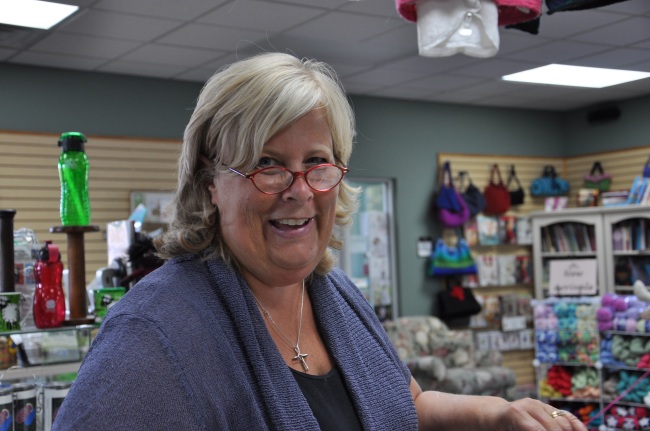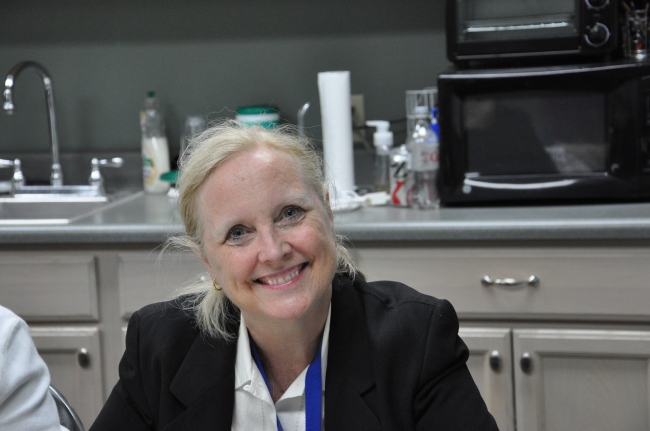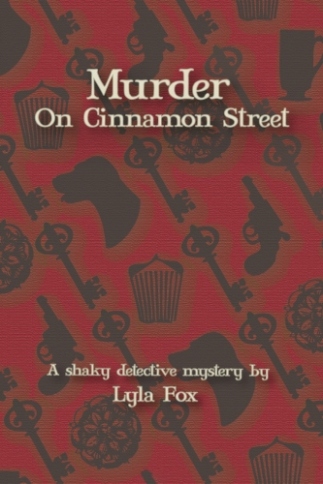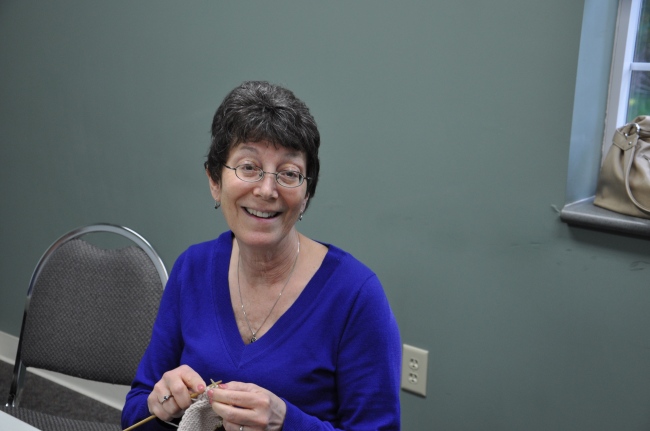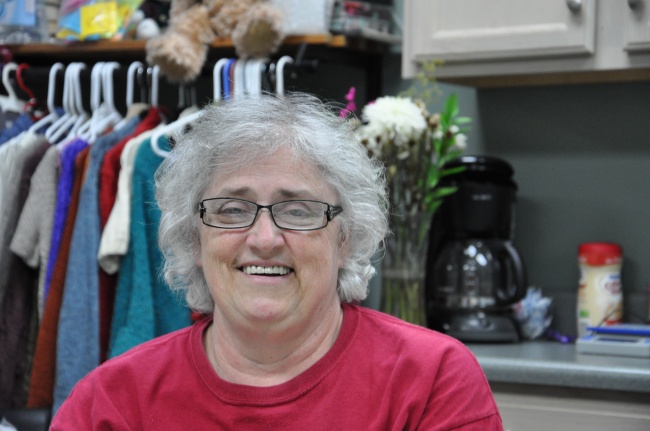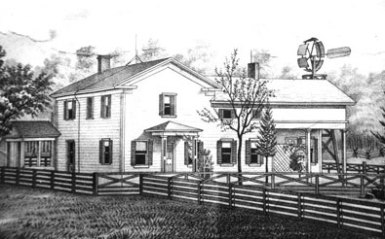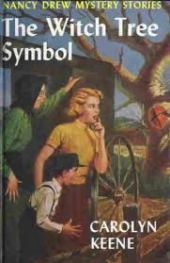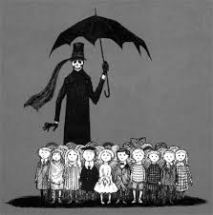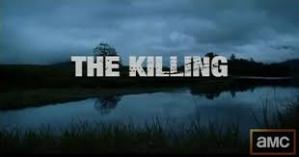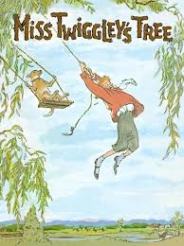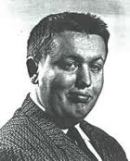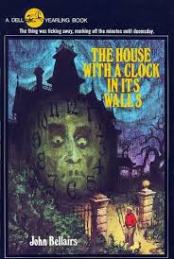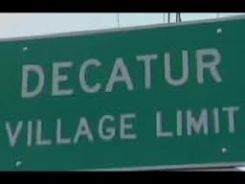 This Saturday is my 50th class reunion–a big one. For my last two years of high school, I moved to Decatur, Michigan, a tiny, tiny town much like the two I write about: Cotter’s Corner and Camphor. It was the 1960’s, and when the Class of 1963 gathers, we wax nostalgic about what a much better, simpler time it was. Whether the observation is more fiction than fact is still up for grabs. Please bear with me as I unabashedly display some self-serving nostalgia on this Monday’s blog.
This Saturday is my 50th class reunion–a big one. For my last two years of high school, I moved to Decatur, Michigan, a tiny, tiny town much like the two I write about: Cotter’s Corner and Camphor. It was the 1960’s, and when the Class of 1963 gathers, we wax nostalgic about what a much better, simpler time it was. Whether the observation is more fiction than fact is still up for grabs. Please bear with me as I unabashedly display some self-serving nostalgia on this Monday’s blog.
When I taught high school kids, my anti-bullying message was: be as kind and nice as you can because your fellow students are taking mental snapshots, and no matter where you go or what you do from now on, who you are and the way you’ve acted is forever frozen in their memories as who you were when. Though we may try to outrun our past mistakes, it’s hard. Fortunately, the kids I went to school with have grown into quite remarkable people. They were nice then, and they’re even nicer now.
One of those very nice people is my friend Pat. She was a pretty, mother-hen kind of girl who took me under her wing when I arrived, afraid and unsure, my junior year. Pat even fixed me up with a boy I dated for the next three years. She was a smart girl and a caretaker of all those in her circle of friends. She went on to nursing school, and eventually took her nurturing and academic gifts to a new level when she became one of Colorado’s most celebrated nurses and health administrators. Our too infrequent conversations over the years reveal that is now an accomplished, mature, loving woman who still cares deeply about her family, friends, and community. When people see her this Saturday, they will first see her smile and then feel the love she radiates.
Last night, my friend Phyllis and her husband stopped in on their way to Decatur. If the “Who Came the Farthest” award is given, Phyllis always wins. She has lived in Japan for most of her adult life, raising two remarkable sons and tending to the beauty of her physical and emotional world. Her home is on a flower-filled, tranquil island. In 1963, few of us would have placed our ball-of-energy, hard driving valedictorian in such a place. A born leader, Phyllis was the glue of the class, monitoring and admonishing us when we occasionally devolved into mean little splinter groups. When she went on to the University of Michigan for her BA and MA, she continued to observe political and social spheres. She also keenly sifted and sorted the elements she knew she needed to be happy. And Phyllis, perhaps more than any of us, has total contentment and happiness. Things don’t matter. People matter. Ideas matter. My mother loved Phyllis because she always brought fun and new ideas. Phyllis’ eyes still gleam with curiosity and excitement. Retirement? Never. She hasn’t drawn a paycheck in a long time, but she is always working, whether it’s regarding the environment, her family ancestry, her friends, her world. She and her acupuncturist husband have traveled the world and believe me when I say that she has come as close to perfecting a peaceful, accepting, and joyful existence as any one I know.
My friend Margie, a farm girl who married her high school love, will also be at the reunion. I didn’t know Margie as well when we went to school together as I’ve gotten to know her since we graduated. She and her husband, a retired Army colonel, have traveled the world. And in her new life, Margie remains who she always has been: a peaceful presence who calmly manages any task without ruffling feathers. She gets the job done while sweetly cheering on those around her.
My friend Jeff will be there, too, and he will bring his handsome son. Way back when, Jeff was one of the best guys you’ll ever meet, and he still is. For decades, he taught and worked with the blind. Then he turned selling antiques. In both professions he has been heralded for excellence. He hasn’t been able to attend the previous couple of reunions so I know that we are all anxious to have him back in the fold. He’ll tell funny stories and be that same totally great man everyone in our class has adored forever.
There are so many more terrific people, like my friend Marcia who was a fabulous pianist and organist in high school. While so many of us were worried about how to sleep with huge rollers in our hair, Marcia had already begun the journey toward a demanding career as an organist. Her marriage to a man who became The Director of Concert Bands at The University of Iowa has taken her far away from small town life, yet she is still that beautiful, wholesome person led cheers for our sports teams (we hardly won any games but had “star” athletes–a puzzle) and who graduated near the top of our very bright class.
If I write about Dr. Jean Haefner, who has carved a distinguished career for herself at The University of Toledo, she will be angry. But I will tell you that she was smart and also led cheers. Like the rest of us, she was also the child of parents who wanted more for her than they’d been able to do for themselves. She too has traveled the world to teach and learn.
But it’s not all about the PhDs, lawyers, and other academically inclined individual. In our class were those quiet people who didn’t groove on Thomas Hardy and who refused to polish apples in order to have teachers adore them. They might have been exceptionally mechanically inclined, but that wasn’t important, was it? Turns out it was. We’ll hold our reunion at the bucolically magnificent home of one of those quiet boys whose head was moving too fast with designs and ideas to be enthralled by split infinitives or chemical compounds. Bob Haas has made a fortune in burglar systems. Who could even envision in our safe little town in the 1960’s that they would one day be so necessary? Bob did, probably on one of those days he was getting yelled at for daydreaming.
And there is quiet Dick McGrew who grew inches taller after high school and went on to be a police officer at Western Michigan University. In high school, I knew Dick as a boy with a sweet smile but have very few other recollections. The ensuing reunions, however, have greatly expanded my knowledge of Dick McGrew. After he retired from the university, he took another job. This time he was chief of police at The College of William and Mary. There he met the most powerful people in the world. In fact, he was held in such high esteem that Lady Thatcher even insisted he “ring her up” for tea when he was next in London–which he did. Dick delights us all with the stories of that tea. The quiet boy became an very impressive man.
In my graduating class, most students had parents who grew up in the depression and who couldn’t afford the luxury of college. Most couldn’t even finish high school. They taught their kids, though, that school mattered. It mattered a lot. They also taught them that hard work was essential to lasting success. In a small class of less than seventy people in a town that was relatively poor, nearly ninety percent went on to college.
And me? What was I like in high school? I might have bragged a bit too much about my relatives, trying to make up for the insecurity I felt when I left my old home and school. And I think I was a bit bossy. In other words, like the rest of my class, I haven’t changed much. But I hope people will remember me as kind. Kindness really matters. It’s what you remember long after the awards and activities have faded away. It’s those smiles and humble gestures from others that leave lasting impressions.
 This is my house in Decatur. Well, it’s not my house any more. It belongs to a new family who have lovingly dressed it up and made it theirs. When I lived in it, it was white. Now it looks more like “the painted ladies” that I write about. This house actually had a back stairway that my children loved to run up and down, pretending it led to all things dark and dangerous.
This is my house in Decatur. Well, it’s not my house any more. It belongs to a new family who have lovingly dressed it up and made it theirs. When I lived in it, it was white. Now it looks more like “the painted ladies” that I write about. This house actually had a back stairway that my children loved to run up and down, pretending it led to all things dark and dangerous.
So this Saturday I go back to the reunion to see old friends and laugh at the same stories we’ve told a dozen times. In fact, because I spent only two years there, I will have little recollection of a lot of what will be discussed, but I know I will feel grateful to have shared such an important time with people so willing to make new friends and share their small community. Though I’ll go back to recall who we all were, the best part of this reunion will be to celebrate who we have remained: smart, kind, purpose-driven people who feel grateful to have grown up in such a time and such a place. Long live the Class of 1963.
 A few weeks ago, Alice Munro won The Nobel Prize in Literature. It was a huge moment for literature, for Canada, and for friendship. The latter is true because over a decade ago, when my friends Deb and Dave Dunstone were in Canada, they bought an autographed copy of a volume of some of Munro’s short stories. It was autographed “from one author to another.” At that time, all I had “authored” were some essays and letters-to-the-editor. Still, that book and friendship remain an inspiration when I knuckle down to finish the sequel to Snoop. I think of Munro and the years she did the grit work of honing her craft. And I think of the Dunstones who believed long before I that I would write and sell books.
A few weeks ago, Alice Munro won The Nobel Prize in Literature. It was a huge moment for literature, for Canada, and for friendship. The latter is true because over a decade ago, when my friends Deb and Dave Dunstone were in Canada, they bought an autographed copy of a volume of some of Munro’s short stories. It was autographed “from one author to another.” At that time, all I had “authored” were some essays and letters-to-the-editor. Still, that book and friendship remain an inspiration when I knuckle down to finish the sequel to Snoop. I think of Munro and the years she did the grit work of honing her craft. And I think of the Dunstones who believed long before I that I would write and sell books. I’m not a political conservative, but if I were still teaching essays, I would be using conservative columnist Charles Krauthammer as an example of how to write a thought-provoking essay with language that is both thrilling and alive. Yes, he is on the Fox News panel, but for all those who still fall for the old saw of dismissing Fox, I will add that Krauthammer is a Washington Post columnist, a Pulitzer Prize winner and as fair as anyone I follow regarding politics. His new book Things That Matter is a compilation of his essays and I am urging all my friends left and right to read it. If it doesn’t change their minds, and that’s not my intent, it will at least solder their reasons for why they hold the political views they hold. When you read Krauthammer’s story, you’ll see why he is one of my inspirations in all ways.
I’m not a political conservative, but if I were still teaching essays, I would be using conservative columnist Charles Krauthammer as an example of how to write a thought-provoking essay with language that is both thrilling and alive. Yes, he is on the Fox News panel, but for all those who still fall for the old saw of dismissing Fox, I will add that Krauthammer is a Washington Post columnist, a Pulitzer Prize winner and as fair as anyone I follow regarding politics. His new book Things That Matter is a compilation of his essays and I am urging all my friends left and right to read it. If it doesn’t change their minds, and that’s not my intent, it will at least solder their reasons for why they hold the political views they hold. When you read Krauthammer’s story, you’ll see why he is one of my inspirations in all ways.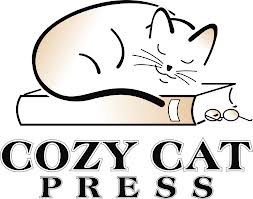 As sit in my basement in front of my new computer with the big screen monitor working on the book I want to have done by the first of the year, I think of my generous cadre of fellow authors at Cozy Cat Press out of Chicago. There are about thirty of us now dedicated to the cozy mystery genre. They are hard workers, many holding down full-time jobs, and love writing. Perhaps they don’t love the actual act of writing at all times, but they are grateful for their facility with words and idea and are eager to cheer on fellow writers. In the cut throat and frighteningly diminished world of publishing, I am grateful for the spirit that publisher Patricia Rockwell has woven throughout her little company. A Cozy Cat book promises to be a respite from the frantic holiday season and the stresses and strains of everyday life. In fact, I think they make fabulous stocking stuffers.
As sit in my basement in front of my new computer with the big screen monitor working on the book I want to have done by the first of the year, I think of my generous cadre of fellow authors at Cozy Cat Press out of Chicago. There are about thirty of us now dedicated to the cozy mystery genre. They are hard workers, many holding down full-time jobs, and love writing. Perhaps they don’t love the actual act of writing at all times, but they are grateful for their facility with words and idea and are eager to cheer on fellow writers. In the cut throat and frighteningly diminished world of publishing, I am grateful for the spirit that publisher Patricia Rockwell has woven throughout her little company. A Cozy Cat book promises to be a respite from the frantic holiday season and the stresses and strains of everyday life. In fact, I think they make fabulous stocking stuffers.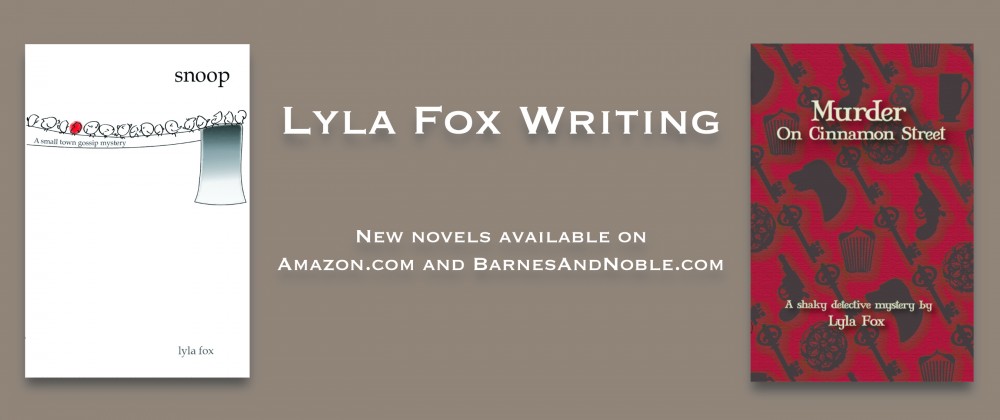
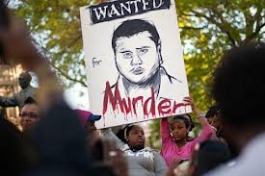
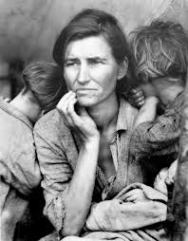

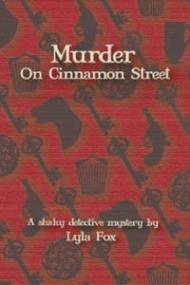
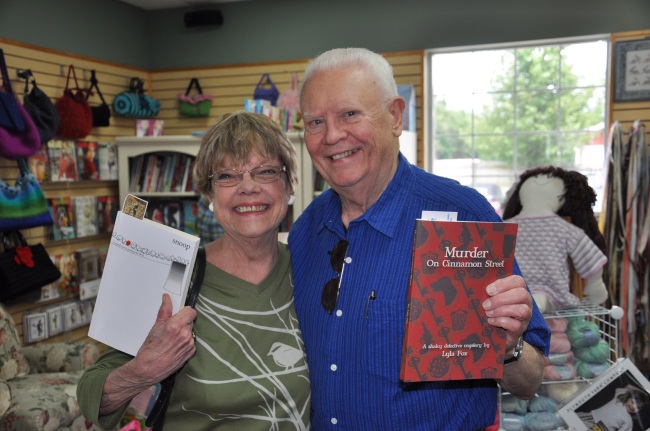
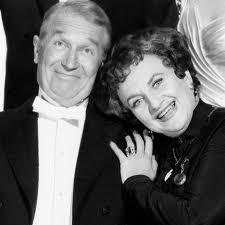
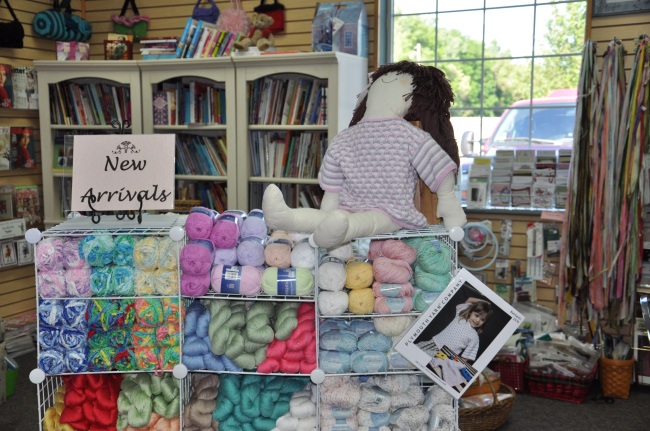 Once a week I knit. Of all the activities in my adult life, knitting has perhaps had the most profound and mysterious effect. Knitting seems far removed from my writer’s life. But oddly, when I’m knitting–usually sweaters for friends’ grandchildren–my mind is also absorbed with my latest book. After all, I’m alone with my thoughts. And I’m not an accomplished enough knitter to be dealing with difficult patterns. At this point, I can see our gifted instructor Mary Bell Verleger saying, “Oh yes you are, Lyla.” But I’m not. I’m not even close. I am instead frequently caught up in thoughts of just why a body might be found on a turnpike and how perilous an old girlfriend’s divorce might be to my main character’s fledgling love affair. Knitting for me is contemplative and its the juice that often fuels my writing.
Once a week I knit. Of all the activities in my adult life, knitting has perhaps had the most profound and mysterious effect. Knitting seems far removed from my writer’s life. But oddly, when I’m knitting–usually sweaters for friends’ grandchildren–my mind is also absorbed with my latest book. After all, I’m alone with my thoughts. And I’m not an accomplished enough knitter to be dealing with difficult patterns. At this point, I can see our gifted instructor Mary Bell Verleger saying, “Oh yes you are, Lyla.” But I’m not. I’m not even close. I am instead frequently caught up in thoughts of just why a body might be found on a turnpike and how perilous an old girlfriend’s divorce might be to my main character’s fledgling love affair. Knitting for me is contemplative and its the juice that often fuels my writing.